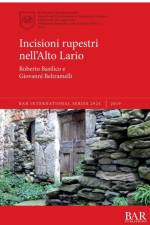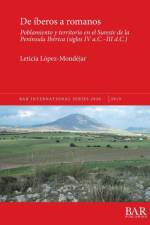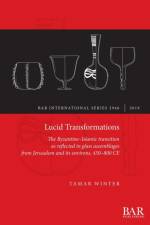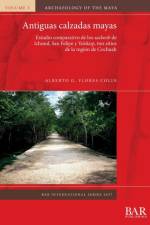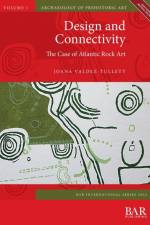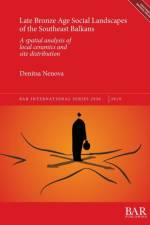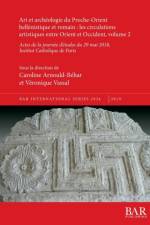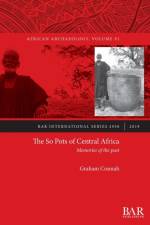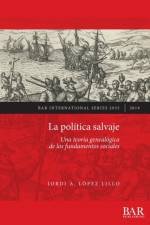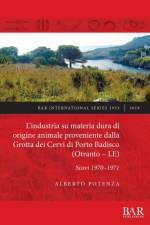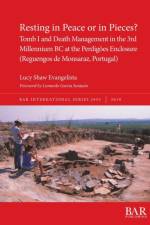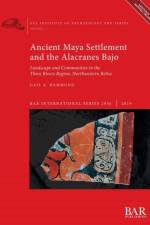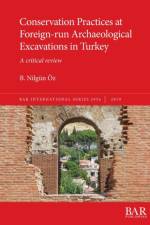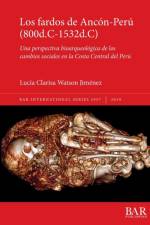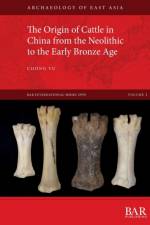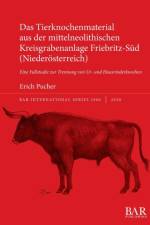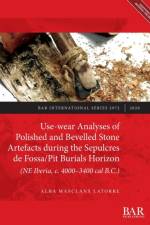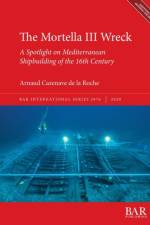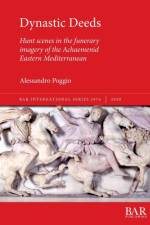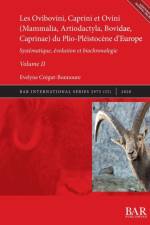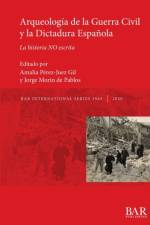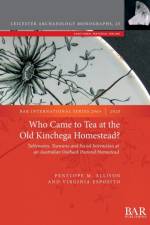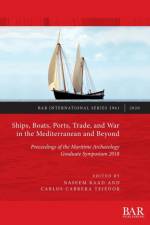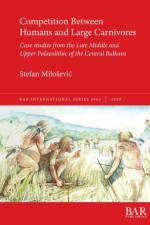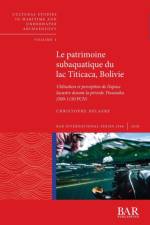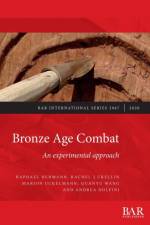- Actes de la journee d'etudes du 29 mai 2018, Institut Catholique de Paris
787
Actes de la journée d'études du 29 mai 2018, Institut Catholique de ParisCette publication constitue les actes de la deuxième journée d'études sur l'art du Proche-Orient hellénistique et romain, qui s'est tenue à l'Institut Catholique de Paris le 29 mai 2018.Comme lors de la première journée d'études, publiée en 2018 (BAR S2897), les chercheurs ont abordé des sujets variés dans l'optique d'enrichir le débat concernant les échanges, contacts et transferts culturels dans le Proche-Orient antique. Sont ainsi évoqués l'architecture et l'urbanisme, la mosaïque, l'art funéraire, le portrait royal, les importations et exportations...Le domaine géographique couvert est également très vaste, débordant même le Levant. Il inclut la Syrie (Palmyre, Doura-Europos), le Liban, la Judée/Palestine, Délos et l'Égée ainsi que l'Égypte.Les approches, comme les thèmes traités par les auteurs, sont plurielles et exploitent les données de l'archéologie, l'épigraphie, la numismatique, l'iconographie, souvent en les croisant. Elles permettent de livrer de nouvelles interprétations.This book constitutes the proceedings of the second study day on art of Hellenistic and Roman Near East held at the Catholic University of Paris on May 29th 2018.As during the first study day, published in 2018 (BAR S2897), the researchers discussed various topics with the aim of enriching the debate on exchanges, contacts and cultural transfers in the ancient Near East: architecture and town-planning, mosaics, funerary art, royal portrait, imports and exports.The geographical area covered is also vast, extending even beyond Near East. It includes Syria (Palmyra, Dura-Europos), Lebanon, Judea/Palestine, Delos and the Aegean as well as Egypt. New interpretations are developed from diverse and interdisciplinary approaches, utilising the data of archaeology, epigraphy, numismatics and iconography.

